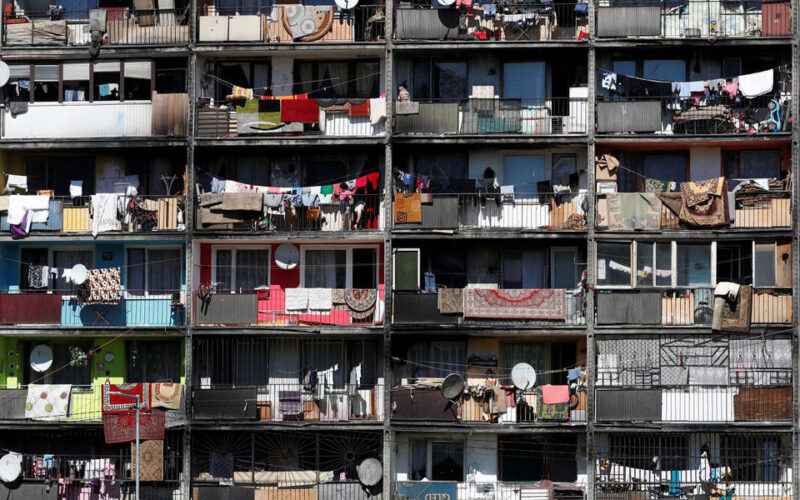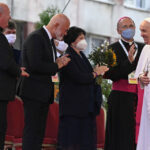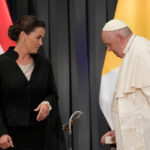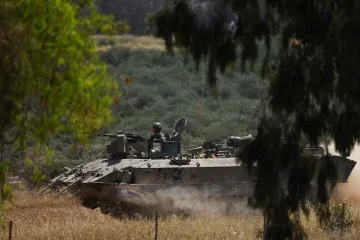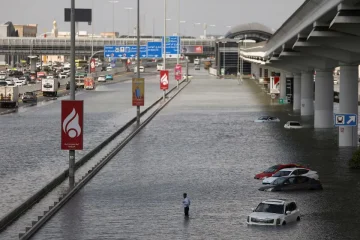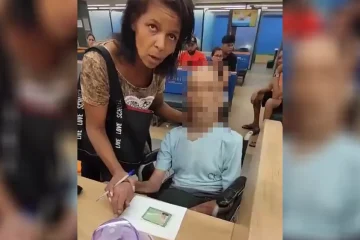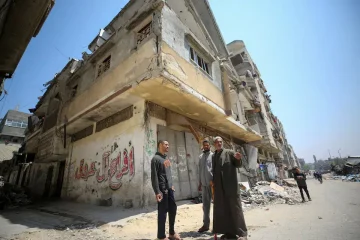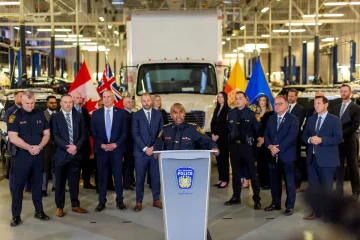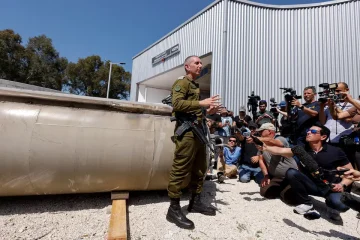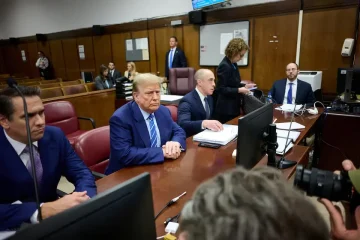ROBERT MULLER
FOR factory worker Milan Turtak, the smoke-blackened buildings, sidewalks littered with garbage and extension cords hooked between apartment windows highlight the poverty and years of neglect in his Roma neighbourhood in eastern Slovakia.
With little improvement in the Lunik IX settlement over past decades, Turtak and others have pinned their hopes for change on a decision by Pope Francis to speak in the neighbourhood — located near a garbage dump — on his central European trip.
“I am glad that the pope will come because if he did not, nothing would change here,” Turtak, 71, told Reuters inside his flat in an area of Kosice city where officials moved the Roma in the 1980s.
Pope Francis will deliver more than 10 addresses and visit five cities in four days during September 12-15 trip to Hungary and Slovakia – his first since major intestinal surgery.
In addition to his visit to the Roma settlement, the Pope will meet leaders of the local Jewish community and Slovak officials and hold two open-air masses in what marks the first papal trip to the country since John Paul II in 2003.
At the Lunik IX settlement, the Pope will speak to members of the community outside a church compound surrounded by three-metre (10 ft) high concrete walls topped with barbed wire.
“I hope that (Francis visit) will show Lunik in a more positive light and that the majority will realise that it is not a den of danger, but an ordinary neighbourhood,” local art lecturer Petra Kurutzova told Reuters.
The Roma, who migrated to Europe from India in the 10th century, have long faced persecution around the world, living on the fringes of society and struggling for work.
The European Union Agency for Fundamental Rights found in a 2016 survey of nearly 8,000 Roma people in nine European countries that about 80% of the Roma population live below the national poverty line.
They are also Europe’s largest ethnic minority, with up to 1.2 million across the continent, mostly in central and eastern Europe and often living in similar conditions to what Catholic priest Peter Zatkulak described as a city ghetto.
In the Lunik IX settlement, residents burn whatever they can during the winter to stay warm as many buildings lack heating, leading to poor air quality and potentially dangerous living conditions. The jobless rate among Slovak Roma stands far above the national 7.7% level.
“Francis is a bridge connecting two cultures – us rich with those in need of help… Choosing the poor, that is perfectly normal for Francis, it is his signature,” said Zatkulak, who lives and works in the settlement.
“The fact that the Holy Father will come means a lot. It encourages us to continue with what we do.”
The Lunik IX settlement, located some 400 km (248 miles) from the capital of Bratislava, originally housed 2,500 people but nearly double that amount live there today despite the fact that nearly half the original buildings have been torn down.
In April, Slovakia adopted a strategy to improve the Roma situation by 2030 with a focus on employment, education, healthcare and housing. The government’s special envoy for Roma, Andrea Buckova, sees the Pope’s visit as a factor that may support the plan.
“For me, he is someone who draws attention to people in dire straits, be it migrants, prisoners or people in poverty all across the world,” Buckova told Reuters.

